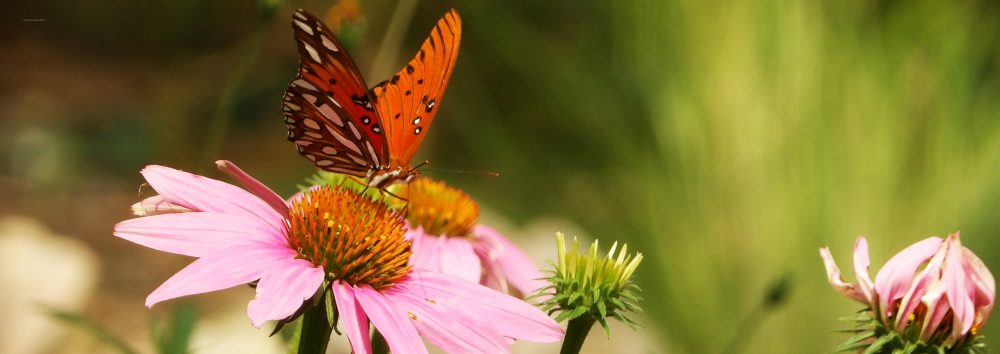Summer retains its strangle, I mean, hold, on Central Texas, but there are promises of cooler and wetter weather in the forecast. Today is the 7th of the month and time to join with British blogger Lucy at Loose and Leafy and her informative Tree Following meme, which is all about trees from many spaces and places.
My Retama, Parkinsonia aculeata, remains beautiful and cooling after the harsh Texas July and August.
A tough native tree, Retama chuckles at day-in/day-out 100-plus degree temperatures and months (almost three) with no rain.
Beautiful flowers are blooming, though mostly at the top of the tree as is normative for my particular specimen because it’s not planted in full sun.
These flowers have been pollinated and that’s obvious because of the orange “honey” petal–the one that turns from yellow to orange after a visit from a bee, butterfly, moth, or hummingbird.
With near constant breezes, I’ve found it difficult to capture clear shots of the cheery Retama blooms, but yesterday morning was quiet and calm and the flowers posed well when I said “smile!” and snapped some photos.
The foliage remains lush, but dainty and delicate in late summer.
This tree endures and thrives.
What is new this month, is the discovery of a Retama offspring.
This tiny guy is about 15 feet away from the tree and has suffered a bit of sunburn. I rarely spot seedlings from my tree, though plenty of seeds are produced throughout the long blooming season. My hope is that birds carry them off to distant gardens to spread the Retama joy. I’ve offered the seedling to some fellow gardeners and it is now promised to a neighbor. I hope it grows as well for her as its parent has for me. There was a second seedling, a couple of inches taller and located nearer to the tree, but I wasn’t able to find it when I began the photography for this post. I doubt it succumbed to the heat and dry of the latter half of summer, after all, that’s when Retama struts its stuff best, but maybe the dog stepped on it and broke it.
That’s right, whenever something goes wrong with a plant, blame it on the dog.
I’m toward the end of my Year Of The Retama–in November I’ll choose a new tree to learn and write about.
For now, though, here ’tis.
Green, gorgeous, tough and Texan.









































